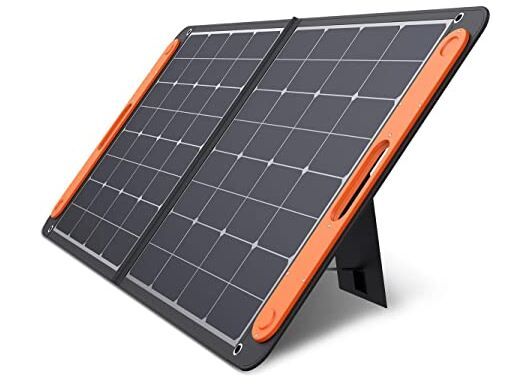Solar modules are only part of a stand-alone solar system. They work with other components: batteries, inverters, and transformers. Complete the process together with the distribution board and metering equipment.
The direct current generated by the solar panel or module is used to charge the battery through the solar controller. Any DC device connected to the battery needs to be fused. The DC lamp is usually connected to the charging controller.
Any AC equipment is powered by an inverter directly connected to the battery. Most independent solar systems require proper management. Users need to understand the limitations of the system and adjust energy consumption according to weather conditions and battery state of charge (SOC).
The solar panel needs to be configured to match the system's DC voltage, which is determined by the battery. The system voltage is usually 12V DC and 24V DC, and larger systems will run at 48V DC.
The operating voltage of the solar panel in a standalone system must be high enough to charge the battery. For example, a 12V battery will require 14.4V to charge it. The solar panel must be able to transmit this voltage to the battery after the power loss and voltage drop of the cable and the charge controller and the solar cell working at high temperatures.

The charge controller is designed to protect the battery and ensure its long service life without compromising system efficiency(Solar Battery: Solar Power Station For Home). The battery should not be overcharged. The function of the charge controller is to ensure that the battery will not be overcharged.
The power requirements of an independent solar system rarely synchronize with battery charging. When there is sufficient solar radiation, during cloudy days and at night, it is necessary to supply power to equipment and loads. Bad weather may last for several days, and the daily charging and discharging of the battery will cause huge losses to the battery. A battery that can be continuously charged and discharged is called a deep cycle battery. The battery needs to have good charging efficiency, low charging current, and low self-discharge.
Looking for a power source for an independent solar system needs to consider the following characteristics:
Capacity, cycle life price/performance, size and space requirements, efficiency, self-discharge rate.
The cable needs to be UV resistant and suitable for outdoor applications. Minimizing the power loss and voltage drop in the cable is very important. It is recommended that the ratio between the array and the battery is less than 3%, and the ratio between the battery and the DC load is less than 5%.